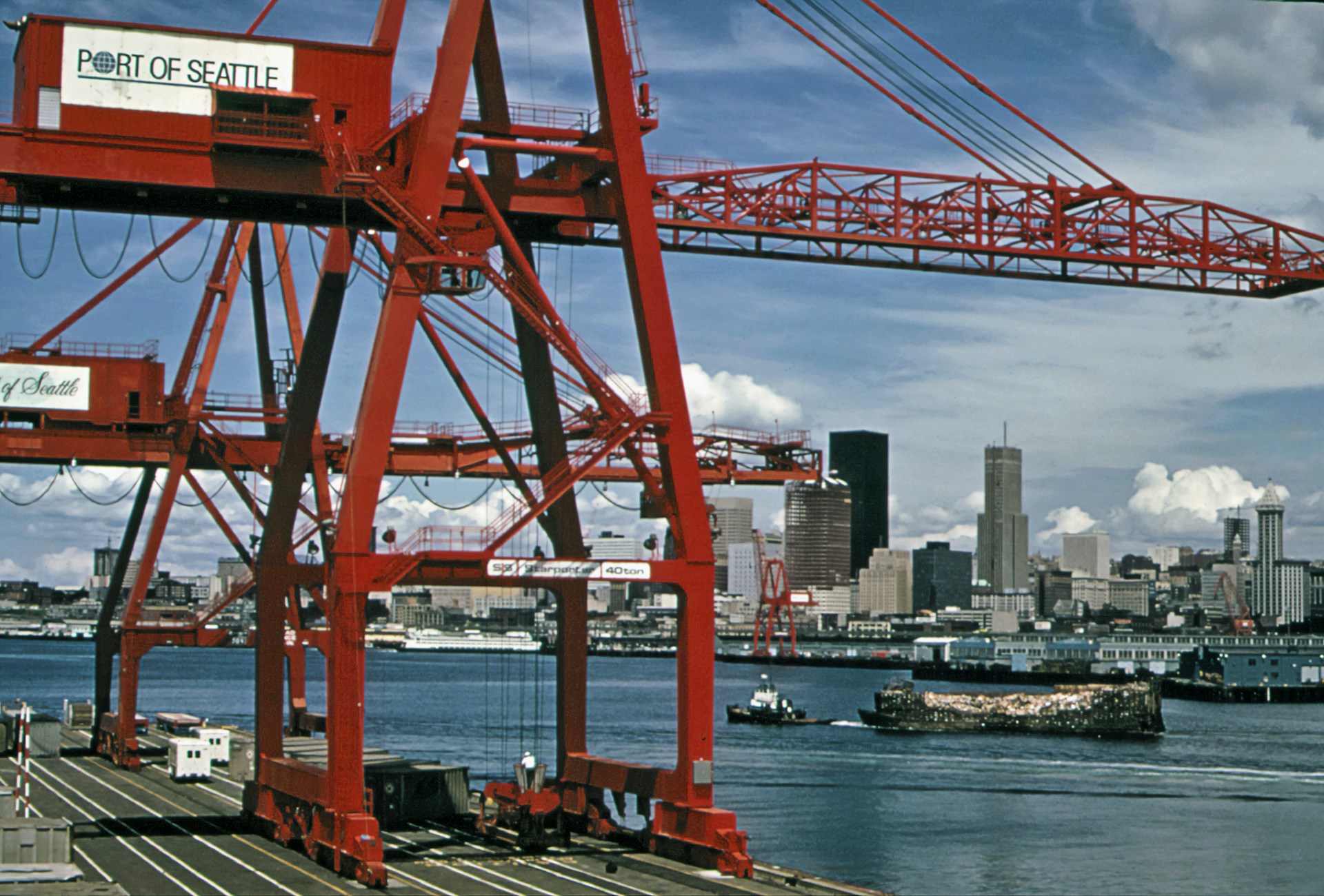CBP to Enforce New Tariffs on China-Linked Vessels in 2025

The U.S. Customs and Border Protection (CBP) has been tasked with administering a newly approved fee structure aimed at Chinese-owned, operated, or constructed vessels, as part of a directive issued by the U.S. Trade Representative. Set to begin on October 14, 2025, the policy outlines that failure to comply with the fee payment could result in denied port access and halted cargo operations.
Under the new rules, vessels owned or operated by Chinese entities will face fees starting at $50 per net ton, increasing incrementally to $140 per ton by April 2028. Meanwhile, ships built in China but owned by non-Chinese operators will incur reduced rates—beginning at $18 per ton or $120 per container, increasing to $33 per ton or $250 per container, whichever is higher.
Fees are calculated per voyage (or port rotation) and are limited to a maximum of five fee-bearing port entries per vessel annually, applying only to the vessel’s first U.S. port of call. Certain vessels are exempt, including those under specific size thresholds, U.S.-flagged ships, ballast voyages, short-sea operators, and carriers designated for specific exports.
The CBP has confirmed that a dedicated payment system via Pay.gov is being developed to facilitate these transactions. Non-compliance will carry strict consequences, such as refusal of docking rights or denial of cargo and customs clearance.
This final version comes after industry feedback to the initial April proposal, which suggested significantly higher flat-rate charges for Chinese-built tankers. In response, a more moderate tiered system was introduced to address concerns over trade disruption and economic burden.
Supporters claim the policy serves to diminish China’s growing influence in maritime logistics, bolster U.S. port security, and encourage domestic shipbuilding. Opponents, including the World Shipping Council and automotive manufacturers, argue it could raise shipping costs for consumers and limit cargo traffic to smaller American ports.